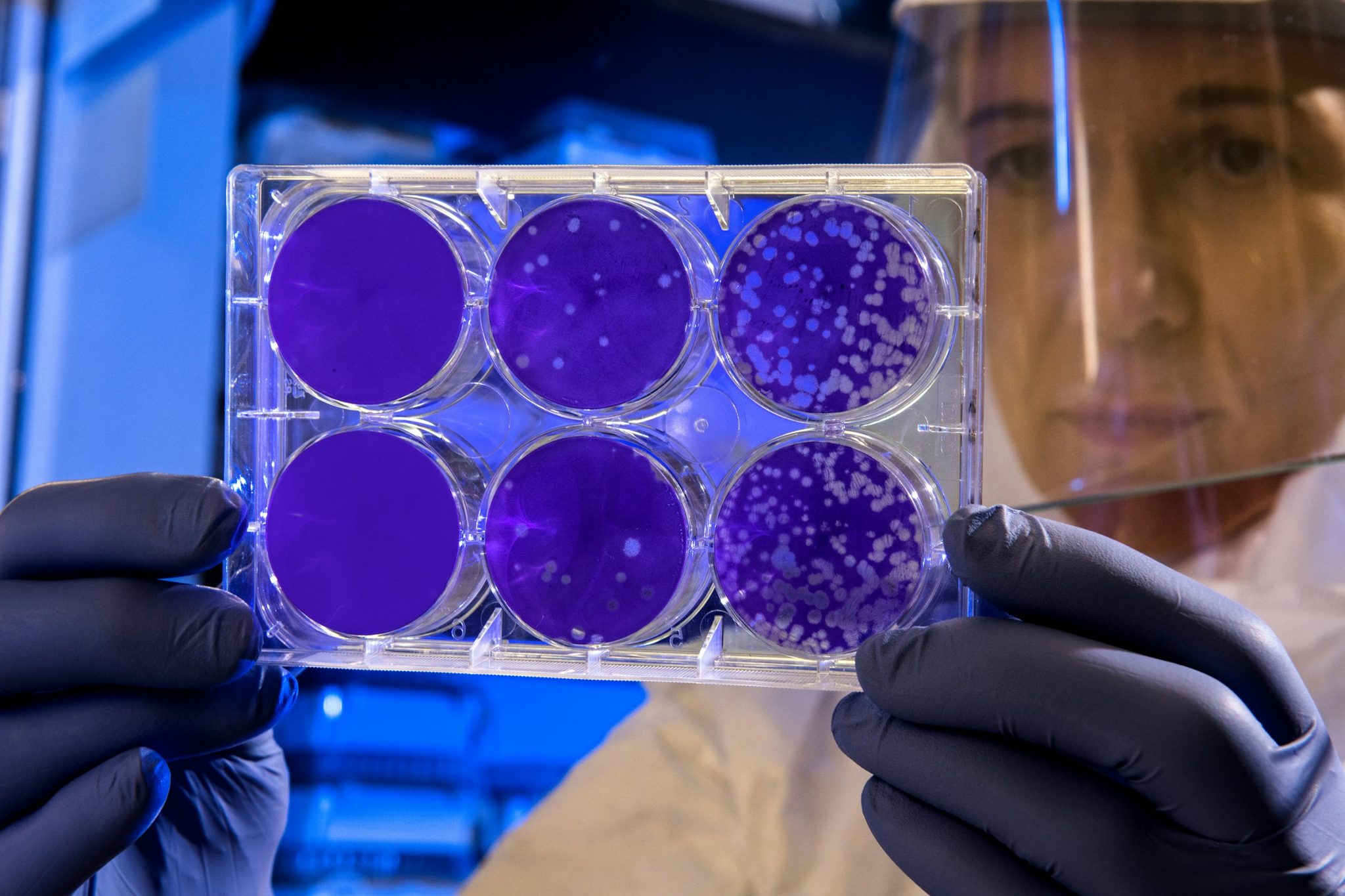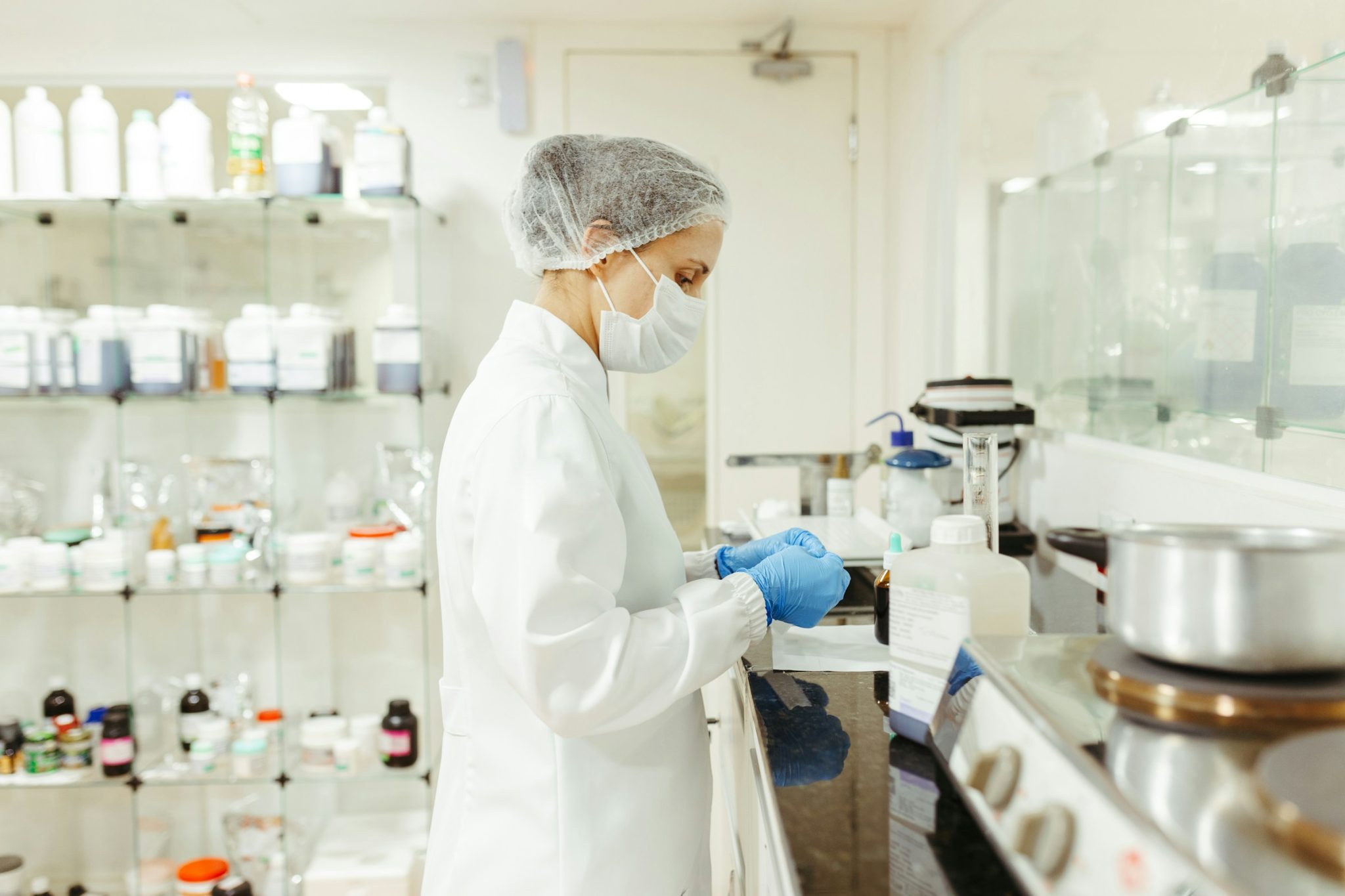The brain isn’t static, and neither is autism treatment. What if we could heal its toughest challenges at the cellular level?
Stem cells are emerging as more than just a scientific breakthrough—they could become a lifeline for individuals with autism. By repairing neural damage and addressing core symptoms, this research, which is being pioneered at world-leading stem cell clinics, offers more than hope — it’s offering real possibilities.

This blog post will look at science, hope, and the families whose lives could be forever changed by this revolutionary approach.
Table of Contents
What Are Stem Cells?
Stem cells are unique because of their remarkable flexibility. They can transform into various specialized cells, whether muscle, nerve, or other types, offering the body exactly what it needs for repair or rejuvenation. These key characteristics make them stand apart from other cells:
- Self-Renewal: They can reproduce themselves, ensuring their persistence.
- Unspecialized: They’re not yet specialized and don’t perform specific functions.
- Potential for Specialization: They can develop into different types of cells when required.
Two primary types of stem cells are at the forefront of research: Embryonic Stem Cells (ESCs) and Adult Stem Cells (ASCs).
- ESCs are able to differentiate into virtually any cell type. For example, they are effective in neurodegenerative diseases such as Parkinson’s by regenerating brain cells and hormones.
- ASCs like Mesenchymal Stem Cells (MSCs) migrate to certain tissues, such as bone marrow and fat, are multipotent and play an important role in restoring tissues specific to joint dysfunctions caused by arthritis or accelerate healing from a fracture of the site of injury.
Neural Pathways and Their Role in Autism
In autism, the brain’s connectivity often doesn’t work as it should. This can lead to challenges in social interactions, communication, and sensory processing.A 2016 study challenged the old idea that people with autism simply have weaker connections between distant brain areas. Instead, it revealed that brain connectivity in autism is far more complex, varying by age, brain regions involved, and even how researchers measure it.
Interactions Between Stem Cells and Neural Pathways
So, how do stem cells help repair these broken pathways? When stem cells are introduced into the brain, they don’t just stay put; they integrate into existing neural networks, often forming new connections.
The exciting part?
Stem cells can differentiate into the specific types of neurons needed to repair damaged pathways. This means they could potentially help restore brain areas responsible for communication, social behavior, and sensory processing.
Potential Therapeutic Applications
Stem cells for autism treatment hold great potential, especially in stimulating neurogenesis — the growth of new neurons. Many stem cell clinics are already exploring this potential, working to develop therapies that could significantly improve the quality of life for individuals with autism.
A recent UCLA study demonstrated how stem cell therapy helped repair brain damage in mice with stroke and dementia-like conditions. After a single injection, the therapy activated the brain’s natural repair processes, improving memory and forming new neural connections. While this study focused on brain injuries, the findings open up exciting possibilities for autism treatment.
If these results can be replicated in humans, stem cell therapy for autism could regenerate neurons, fix broken connections, and improve crucial skills like communication.

Challenges and Future Directions
- Tailoring Treatments for Each Person: Autism manifests differently in each individual. Stem cell treatments can’t be one-size-fits-all. To be effective, we’ll need to personalize treatments based on each person’s unique brain structure and needs.
- Getting the Cells to the Right Place: It’s not just about introducing stem cells into the brain; they need to be delivered precisely where they’re needed. Correct placement in the right neural circuits is crucial to improving communication and social interactions.
- Ensuring Long-Term Results: Even if stem cells show short-term improvements, we need to understand what happens in the long run. Will these new neural pathways endure, or will they fade over time? The real test will be sustainability.
- Managing Safety Risks: The most problematic issue of stem cell treatments is uncontrolled growth, producing a tumor. Stem cell therapy for autism must balance that promise with potential safety risks; only then stem cell therapy for autism could be a feasible, trusted option.
- Overcoming Regulatory Hurdles: Stem cell research and stem fluid treatment regulations differ from country to country. This inconsistency can slow progress and hinder access to therapies. Establishing uniform standards is essential for broader accessibility.
- Changing Public Perception: Despite their potential, stem cell treatments are still met with skepticism. Overcoming misinformation and addressing ethical concerns, such as the origins of stem cells, will be vital for advancing this promising field.
In Conclusion
Stem cell therapy could be a game changer in autism treatment as it has the potential to localize damaged neural pathways and repair them directly.
Adult Mesenchymal stem cells have provided an ethical, science-backed solution to improving autism care at Swiss Medica.
What are your thoughts on stem cell therapy for autism? Join the conversation in the comments below!
- About the Author
- Latest Posts
Whether she is researching the latest trends in home decor, life-changing destination getaways, or the best way to maintain your finances, Dewey takes pride in leaving no stone unturned. She is passionate about distilling and delivering high-quality information that you can use to upgrade your life.




